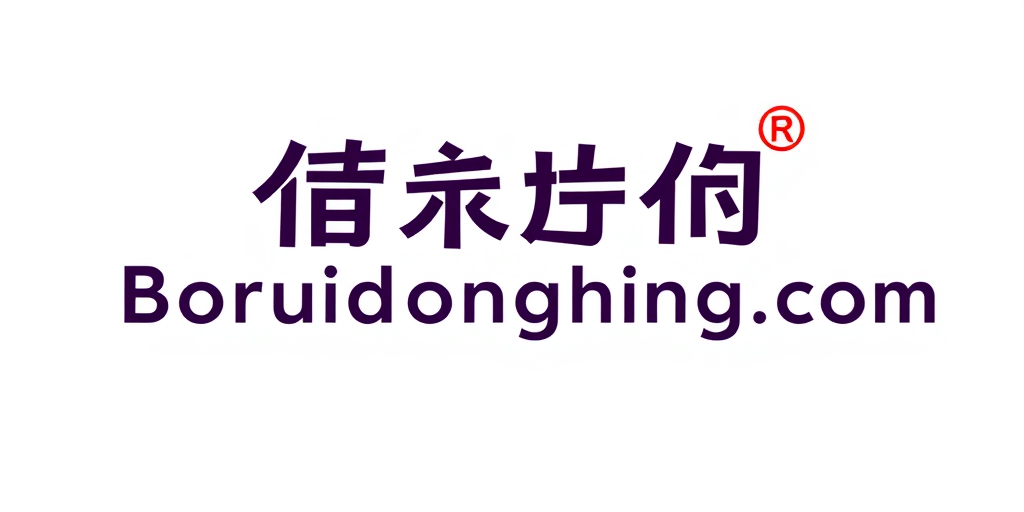Stepwise Tutorial: Using DeepL Translator for Interpretation Tasks
In the current globalized environment, effective communication across languages is vital. If you are a corporate employee who needs to engage international clients, a student translating scholarly material, or simply someone looking to explore content in multiple languages, possessing a dependable translation tool is necessary. DeepL has emerged as a premier translation services available, known for its remarkable accuracy and nuanced understanding of meaning.
In this guide, we will walk you through how to use DeepL for your translation projects, aiding you utilize its robust features. Including understanding the interface to utilizing its capabilities for translating documents and texts, you will find step-by-step instructions that cater to both beginners and proficient users alike. Let’s dive in and discover how DeepL can enhance your translation efforts.
Initiating with DeepL
DeepL is a robust translation tool that distinguishes itself for its high-quality translations and easy-to-use interface. Whether you are a learner, a worker, or merely someone looking to translate text, initiating with DeepL is straightforward. To begin, check out the DeepL website where you will find an intuitive layout that allows you to effortlessly input text for translation. You can opt to enter, paste, or attach documents straight into the application.
After entering your text, you can select the source and target languages from the dropdown menus. DeepL accommodates multiple languages and will automatically detect the source language if you are uncertain which one it is. When you've established your preferences, hit the translate button to get the translation almost instantly. The swiftness and accuracy of DeepL's translations make it an perfect choice for users seeking quick results. deepl下载
In parallel to its core translation features, DeepL also offers enhanced options such as storing translations and making glossaries. Such features can enhance your translation experience by enabling you to preserve context and customize future translations. By taking advantage of these features, you can confirm consistency across your projects and improve the general efficiency of your work with DeepL.
Configuring Your Translation Project
To begin your translation project with DeepL, you first need to establish an account on their website. Go to the DeepL homepage and sign up for either a no-cost or Pro account, depending on your needs. The Pro account provides further features such as higher document upload limits and access to an API, which can be especially useful for companies or extensive projects. Ensure that you confirm your email address to verify your account.
Once your account is configured, the next step is to get used yourself with the DeepL interface. Browse the main features available, such as the text translation tool and the document translation upload option. This will provide you with a clear understanding of how to input your source text or files for translation. Take note of the various settings you can change, such as the target language and formatting options to make sure your translated content satisfies your requirements.
After examining the interface, it’s time to prepare the content you want to translate. Organize your text in a way that allows it easy to input into DeepL, whether that involves copying and pasting text or gathering documents into a single file. Think about using a structured approach if managing multiple documents or sections, as this will ease a smoother translation process. With everything ready, you are now prepared to move on to the translation phase.
Advice for Effective Translations
To ensure the optimal outcomes with DeepL Translation, begin by inputting straightforward and concise text. Ambiguities or excessively intricate sentences may lead to errors in translation. Simple language allows DeepL to understand the context better, resulting in a more precise and natural result. Review the source text for possible confusions before sending it for translation.
After obtaining the translation, take the time to assess it thoroughly. While DeepL is advanced, it may not invariably convey fine details or context fully. Pay attention to any idiomatic expressions or specialized terminology that may need further adjustment. If needed, modify these sections individually to enhance understanding and keep the initial tone of the content.
Finally, think about using DeepL’s features, such as glossary and tailored training, to further enhance translations for specific domains. By incorporating specific terms or formerly preferred translations, you can create a more customized output. This approach not just improves consistency but also builds a translation memory that becomes increasingly effective over time.

